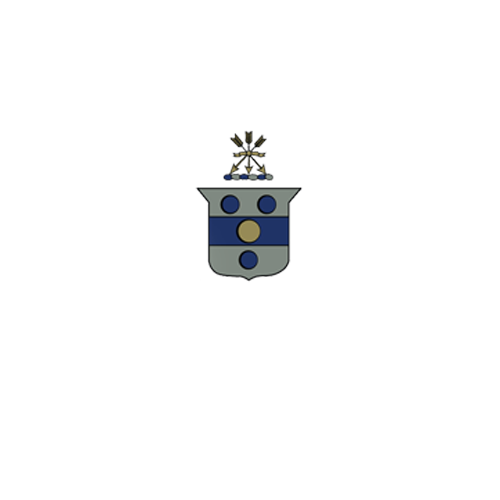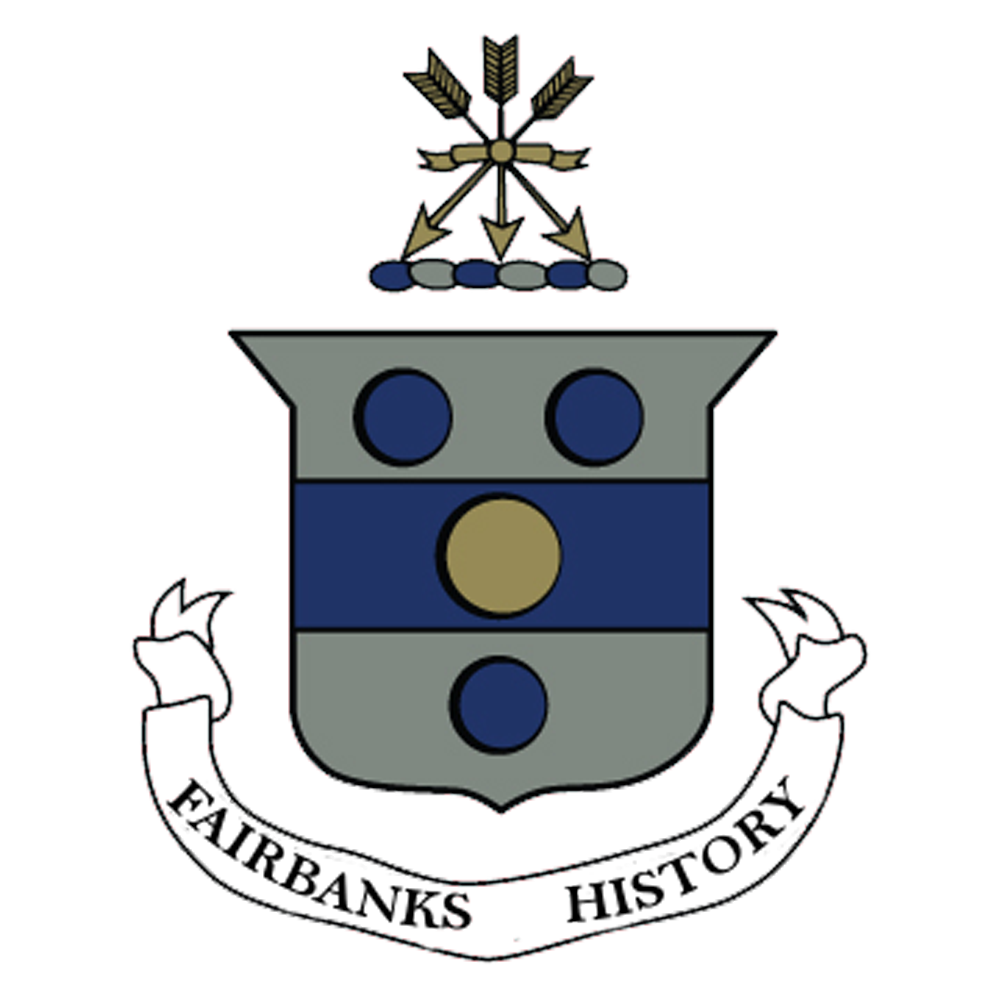Glimpse into Made to Last Forever & Fairbanks Revolutionary War Patriot Project: Drums as Warnings and Nonverbal Communications
Glimpse into Made to Last Forever: A Family. A House. A Nation.
Communications in the 1600s
In the time of Jonathan and Grace Fairbanks it must have been difficult to get an urgent message to many people at the same time in different locations. Today, we use public service alarms, sirens, highway alert boards, TV and media broadcasts, etc. But how did they reach all the local people, fast, without electronic devices in old times?
In the town, Halifax, West Yorkshire, England where Jonathan and Grace Fairbanks were married and where many of their children were christened/baptized, there was a hill that rose 864 feet above sea-level. On that hill, there was a beacon that was erected to hold a fire which would signal all the towns around the parish center of Halifax. This beacon was called a Beacon Pan. That may indicate how the fire was built and kept. We know it must have been available for use during Jonathan and Grace’s time in the Halifax Parish, because the beacon was replaced in 1615 and 1745 and even later. The Fairbanks’s left that area in the early 1630s.
Another thing ties Fairbanks’s to Beacon Hill. The Bairstow family lived on Beacon Hill. They are still recognized there today. Two Bearstows, William and George, came to Dedham even before Jonathan was accepted into the village. We have no assurance they are the same Bearstows, but the coincidence is remarkable. My research didn’t find any specific incidents when the Beacon Pan would have been lit as an alarm during Jonathan and Grace’s time. Malcolm Bull’s Calderdale Companion.
In early Massachusetts Bay Colony, many towns used drums as a warning or as a method to call people together. Dedham had a designated drummer, Ralph Daye, Susan Fairbanks’s husband. Ralph was admitted to the town in 1644. Dedham Town Records, Vol 3, p. 104 He was paid 20 shillings in 1646 for beating the drum for Dedham in the past. Dedham Town Records, Vol. 3, p. 113
The drum was not just an alarm, it was used for different purposes. Each purpose had a certain cadence, so the townspeople would know if it was an alarm or regular town notification. Some ways they used the drum other than for an alarm were to call the village to church, call men to town meetings or to begin or end roadwork.
Later, Dedham used a bell for the same purpose. The bell was large, the size you find in a church steeple. Dedham bought one of the bells brought into Boston by a Captain Thomas Cromwell, a privateer for the Earl of Warwick. Captain Cromwell brought in riches from looting Spanish ships off the coast of New England or in the Caribbean several times before he brought in the bells from the same source. Captain Cromwell died young in Boston in 1649 after being fatally injured after falling on the hilt of his own sword. Descriptive information regarding Captain Thomas Cromwell can be found in "The Journal of John Winthrop 1630-1649" and in "Bradford's History of Plimoth Plantation." In Cromwell’s will, he left six bells to Henry Walton of Boston. This will can be found in The New England Historical and Genealogical Register Vol 3 (1849) p. 268.”
Dedham was one of the towns that purchased one of those bells in 1651. Initially, Dedham was going to put the bell in their watchtower being attached to the new schoolhouse, but ultimately it was hung in a bell tower of their meetinghouse. Dedham Town Records, Vol. 3, p. 186.
During King Philip’s War in the 1670s, when several satellite towns had been spun off from Dedham, such as Medfield and Wrentham, a drum or bell couldn’t be heard between the towns to call for help. One source said Dedham and possibly the other towns were to use a cannon’s report during the King Philip’s War to raise an alarm. Earlier, in 1653, Dedham received a drake cannon from the government that was initially in Roxbury for their protection. May 18, 1653 Mass Archives, Mass, Col. Rec IV, Part I, 138.
In the 1600s, the early settlers did have a system to alert and gather people from long distances in case of danger or for informing the people in the area.
Fairbanks Revolutionary War Patriot Projects
Drums to Communicate to the Troops
Drums were very important as part of the colonial military, particularly during the Revolutionary War. Drums could be heard for long distances. Among the military, they were used for conveying orders and signals and more. The military used drums to tell the men what they were to do: when to get up, when to eat, get firewood, get water, go to bed or strike the tents. They instructed the men even in their military maneuvers such as right and left turns, about face, march, and halt. A person not welcome in the camp could be drummed out.
We often think of young boys being the drummer, but this isn’t true. The drums were heavy and a young boy wouldn’t have the stamina to carry the drum and perform for long distances. In fact, the drummer was paid better than a private in the same company. They even had designated uniforms which differed from the regular troops.
The drummer also had another responsibility. Punishment in the troops was often by “flogging.” This was carried out with a whip called a cat o’ nine tails which had several straps. The drummer was the one to mete out this discipline. Hands-on History, To The Beat of the Drum.
In the interest of the Fairbanks Revolutionary War Patriot Project, I consulted The Fairbanks Family in America 1633-1897 by Lorenzo Sayles Fairbanks (LSF) for Fairbanks descendants that were recognized as drummers. I was surprised by the results. All the drummers recognized in the narrative of this resource were from the third son, Jonas’s lineage. It appears that the skill of drumming was passed down through generations of that family line. There could have been others that were not designated in other family lines. There were two drummers indicated in the military rolls in the back of the book that didn’t have lineage available.
To my knowledge, Jonas was not a drummer. His brother-in-law, Susan’s husband, Ralph Daye was the drummer for Dedham. If we could look further into the descendants of Susan, we might find drummers there.
In total, six drummers were found. Each performed his duties as early as the Colonial Wars, during the Revolution, and as late as the Civil War. For this blog, we will only look briefly at the drummers, where they were from and their lineage. In a future blog, I will present an individual drummer for which we have more detailed information.
Suffice it to say, all the Fairbanks drummers I found descended from Jonathan, the immigrant father, Jonas, and Jabez. Jonas had only one son who produced offspring, Jabez.
Colonial Wars Drummer
The only Colonial War drummer recognized was William Fairbanks. His lineage was Jonathan, Jonas, Jabez, Jonathan #31, page 73, LSF. Jonathan Fairbanks IV’s first son was William who was drummer during the French and Indian Wars and was killed in 1755 at Lake George. It appears he had no offspring because William was not given a number in the LSF book. This family was from Lancaster/Sterling, Massachusetts.
Revolutionary War Drummers
Ephraim Fairbanks, #69, page 107, LSF, from Berlin, MA. His lineage was Jonathan, Jonas, Jabez III, Jabez IV. Ephraim was among 123 men who marched from Bolton/Berlin, near Lancaster, who answered the Lexington Alarm. Quite possibly those men marched to the beat of Ephraim’s drum. A cousin, Jabez, was also a drummer from there, but with a different unit.
Cyrus Fairbanks # 161, page 201, LSF, was from the lineage Jonathan, Jonas, Jabez, Joseph IV, Joseph V. This is one of the drummers that will be discussed in a later blog. At the time of the war, Cyrus was from Harvard, another spin off town of Lancaster.
Jabez Fairbanks was found on page 856 in the LSF book in the Lexington Alarm Rolls. There was no narrative about this Jabez. His lineage is most likely from Jonas’s line as he was a resident of Bolton, like Ephraim Fairbanks, above. However, they were in different regiments. Jabez served under Captain Artemus How.
Civil War Drummer
William Alfred Fairbanks is #762 on page 645, LSF. His lineage was Jonathan, Jonas, Jabez, Joseph, Amos, Amos, Amos. He was born in Boston in 1838 and was drummer for the 20th Massachusetts Regiment. Considering his age, he was likely in the Civil War.
Edgar Preston Fairbanks didn’t have a designated number, page 654, LSF. His lineage was Jonathan, Jonas, Jabez, Jabez, Ephraim, Ephraim, Jabez Wilder. He was the 5th child of Jabez Wilder Fairbanks and was born in 1845. He enlisted as a drummer at an early age, 17 years, into the Co. K. 34th Regiment of the Massachusetts Infantry. He died in 1682 of typhoid fever at Fort Lyon, near Alexandria, Va.
Summary
In early years and even now, drums are useful in communications, particularly when verbal communication can’t reach all who need the information. They can be unifying not only in calling groups together, but in providing a rhythm for promoting the movement of many as a unit. Like many trades, the art of drumming may be passed down within a family line. It appears to be respected as a valuable skill.





